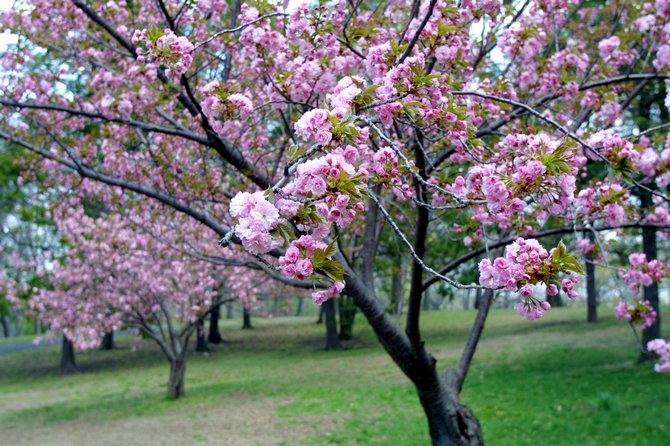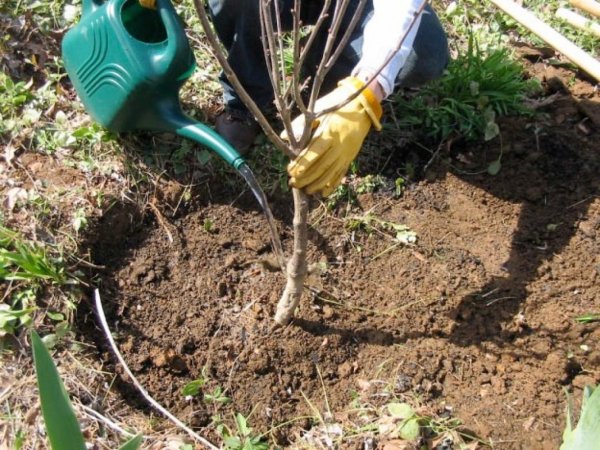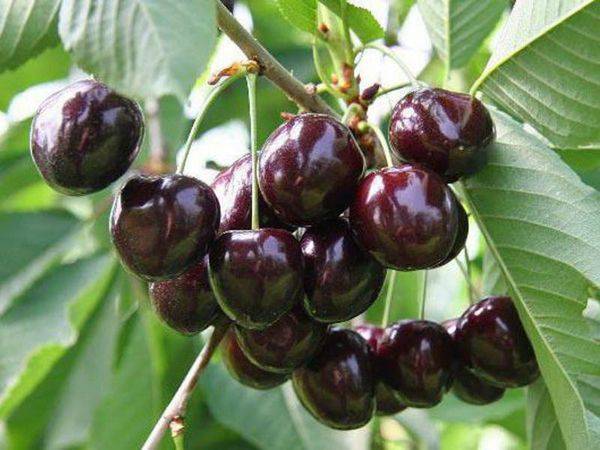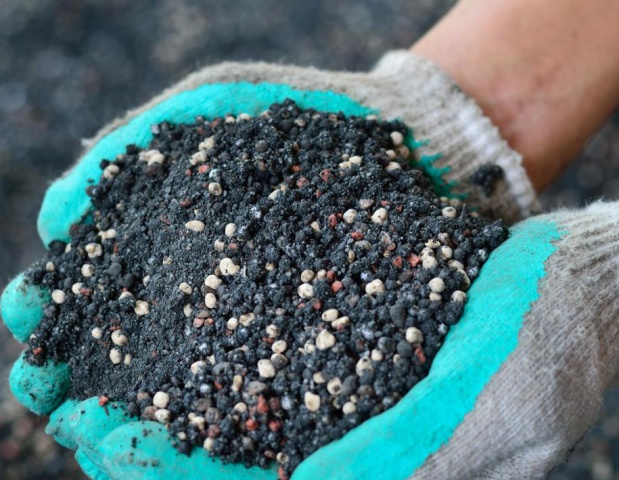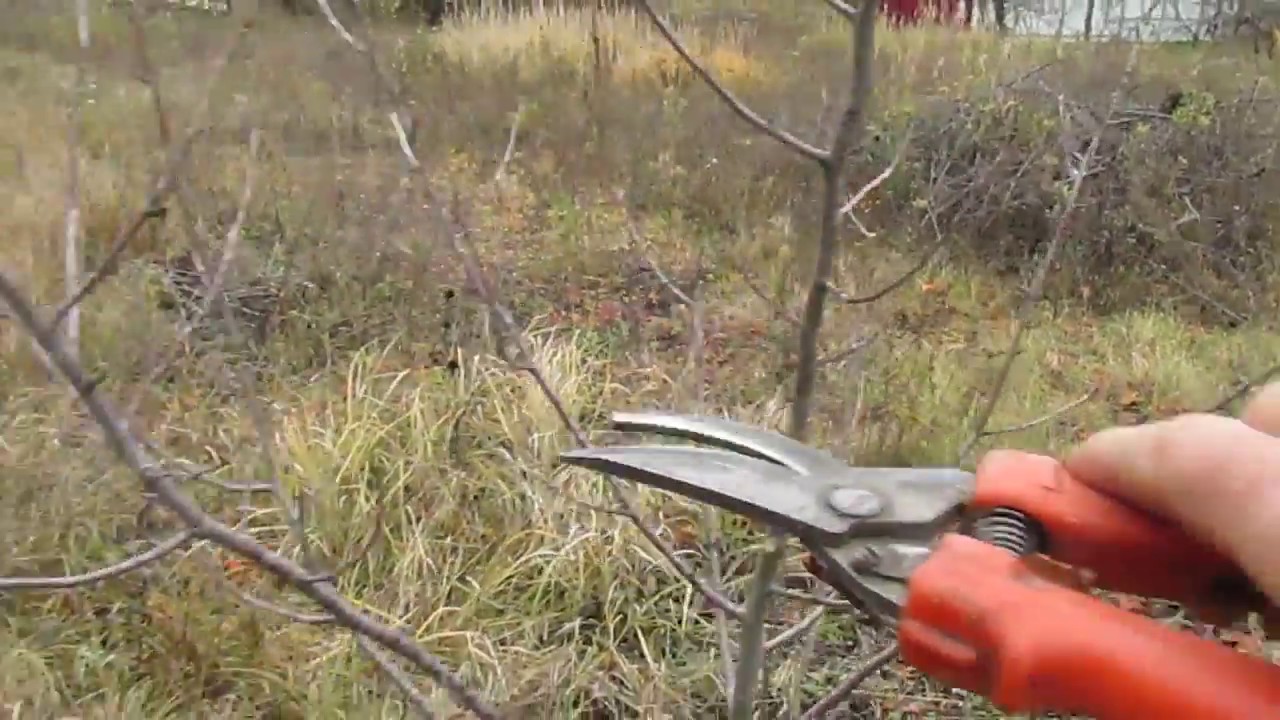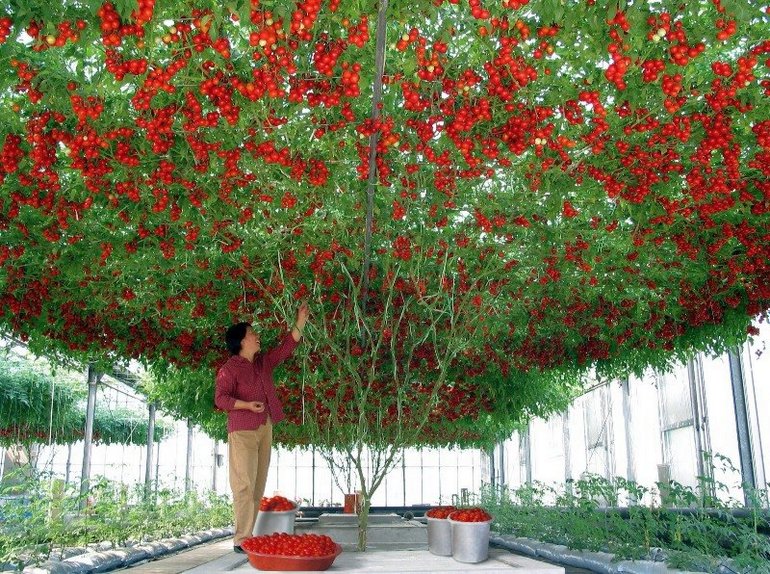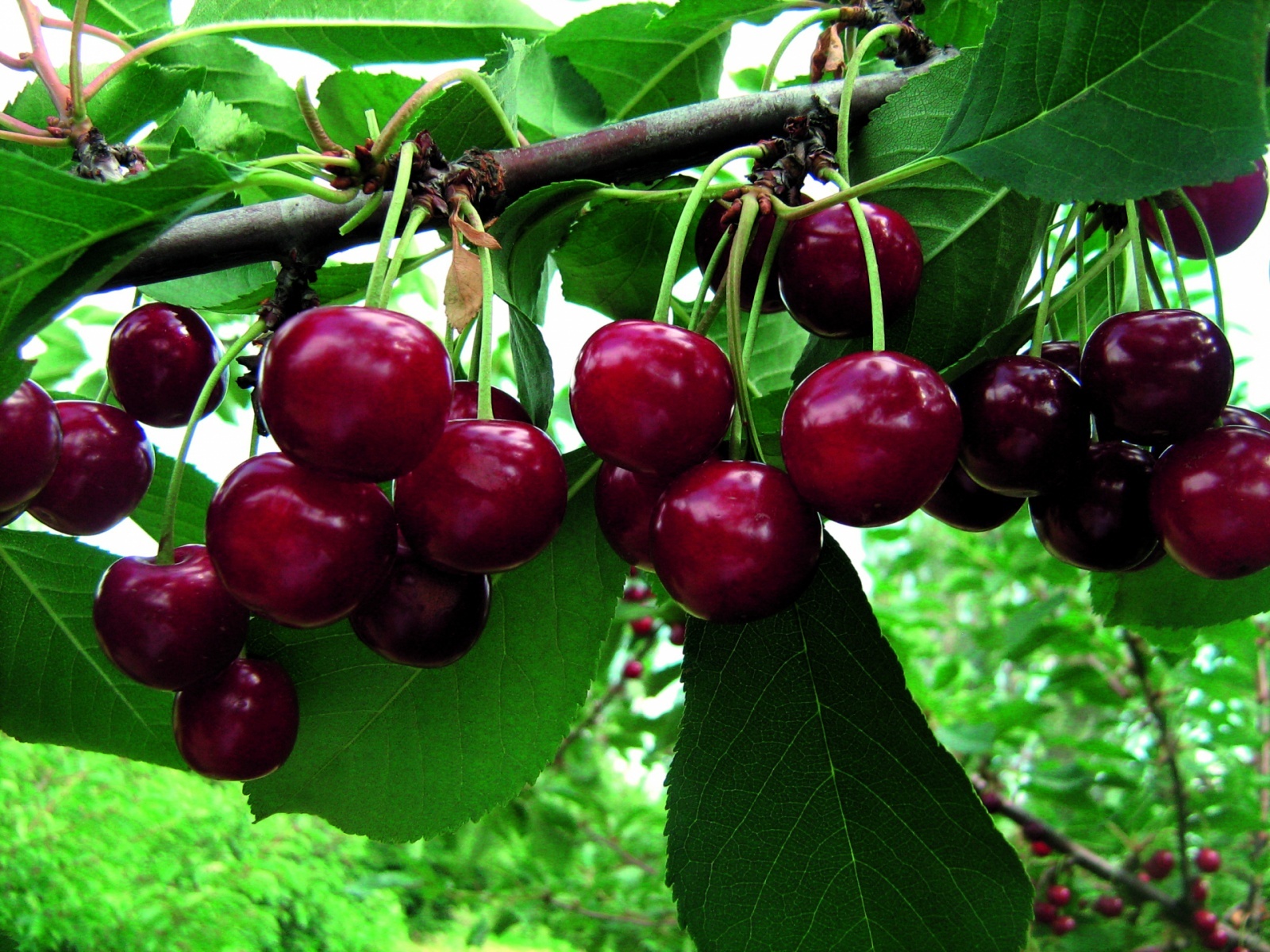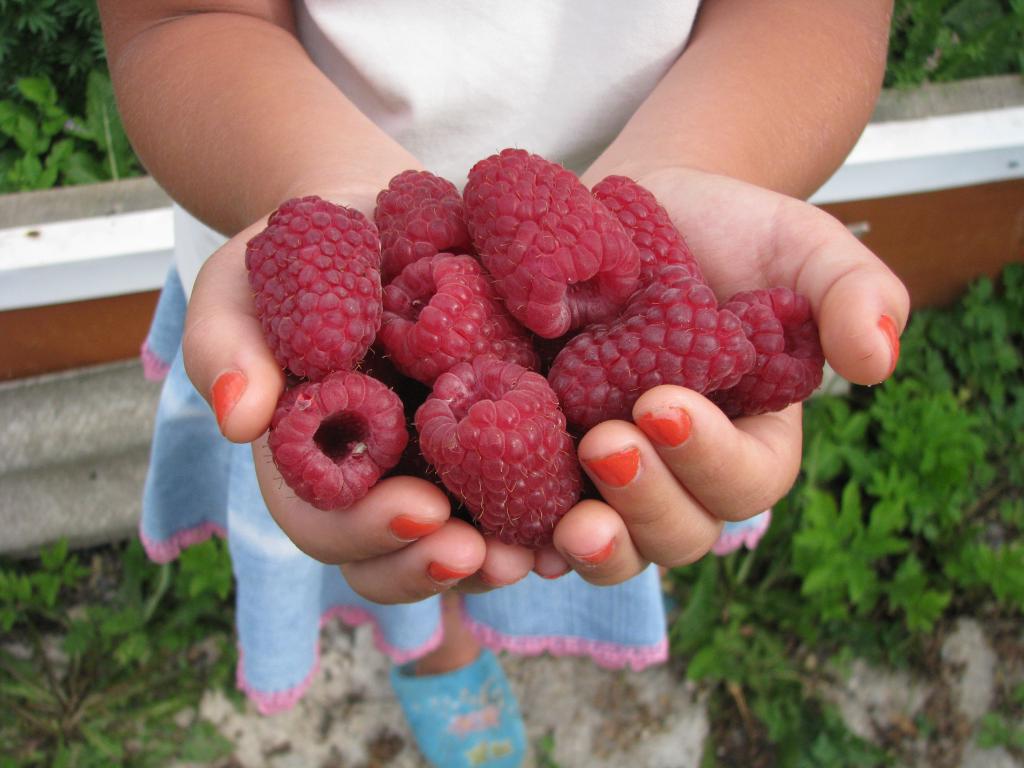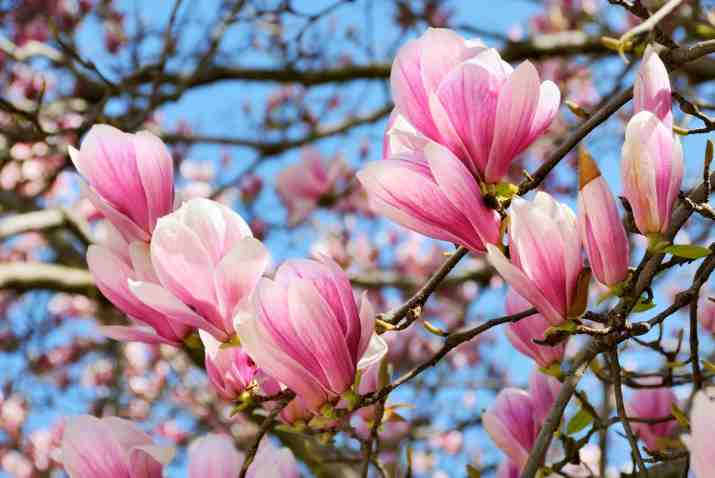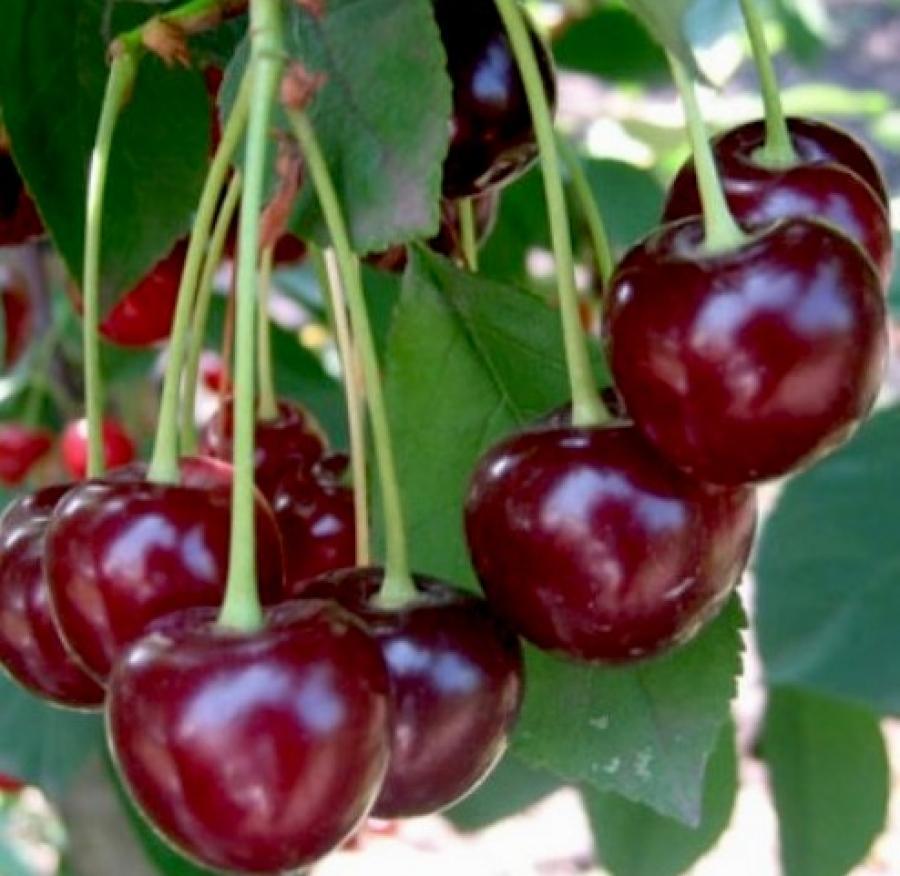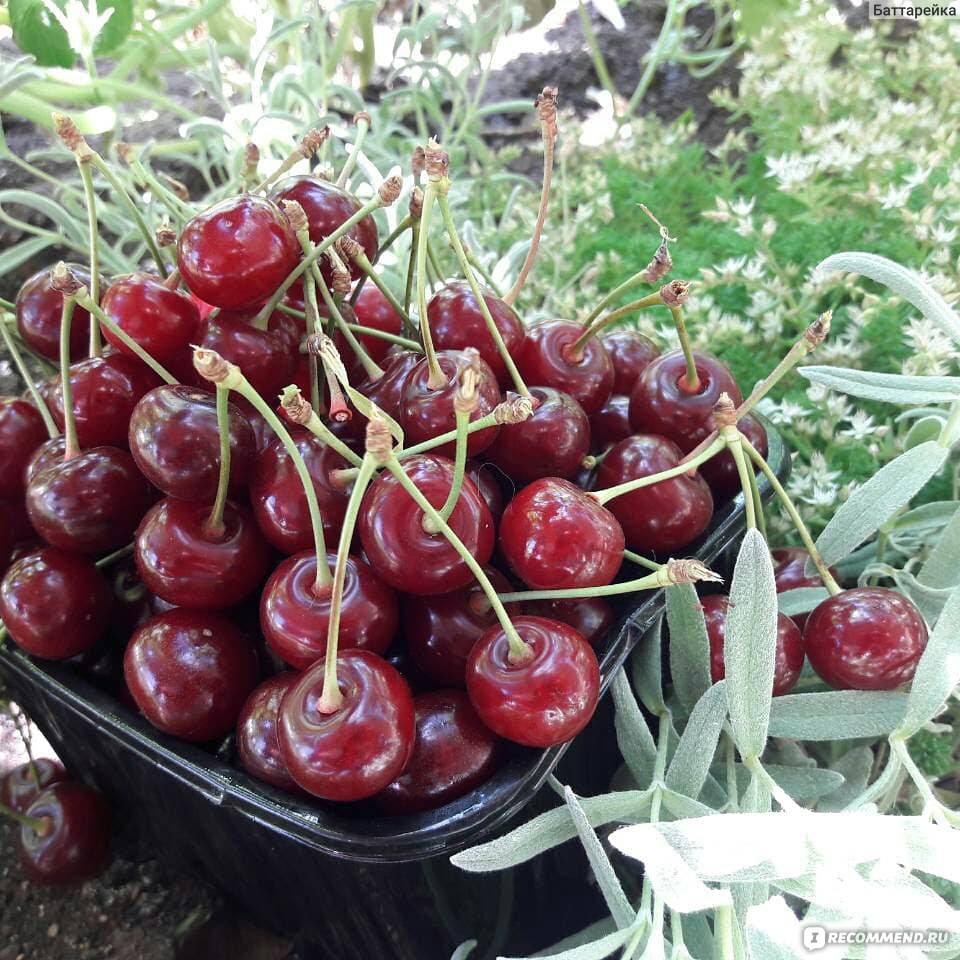Content:
Cherry berries are a favorite delicacy of Russians, and the plant itself is a very frequent guest in gardens, since the process of growing cherries from a seedling or even a seed is not particularly time consuming. The only resource expended is the time, including at least one winter, for the cherries to adapt to the conditions of the garden. And after that, a properly cultivated plant will bring a bountiful and useful harvest.
Characteristics of culture
Cherry is a tree or shrub belonging to the Rosaceae family. Cherry's closest relatives are bird cherry, apricot and other representatives of the Plum family. The total duration of active fruiting of one plant is 25 years on average.
The cherry tree reaches a height of 6 meters. The cherry bush grows to half the size and does not have a pronounced main trunk. A cherry usually looks like a bush or tree formed by several equivalent curved stems. The plant forms a dense and lush, highly branching crown, which is why it is imperative to carry out procedures for its formation.
The shrub has dark green rounded leaves with a carved edge and reticular veins, pointed at the top with a denticle, a characteristic grayish-brown color of the bark of an even texture. The bottom of the leaves is often lighter in color due to pubescence. On a branch, the leaves are not located opposite each other, but in turn.
Cherry blossom - white or pale pink, with bright reddish stamens in the middle, five-leafed.
The cherry berry is the fruit of the same name with a single hard, rounded bone inside. The pulp is very juicy and sweet, dark pink or burgundy, the top of the berry is covered with a dense and smooth shiny burgundy skin.
Cherry tree preferences include sunlit areas, humus (organic matter) rich soil. Cherry tolerates dry periods and frosts well, therefore it grows everywhere and is planted in both warm and temperate regions with long winters and cold springs.
Brief description of popular varieties, types of tree / cherry bush
More than 20 varieties of garden cherry and sweet cherry are grown in Russia, there are over 150 in the world. Cherry has been fully cultivated over the past centuries, and wild forms are no longer found. In scientific disputes about what cherry is, it is more often considered a plant derived from the crossing of wild species of steppe cherry and sweet cherry. The culture obtained in the process of artificial selection ousted its ancestors from the forests due to the fact that it surpassed them in endurance and resistance to negative climatic factors.
Cherry is found only in woody form, felt cherry grows as a shrub. In cherry, the color of the bark varies greatly in the spectrum from red to silver; fruits of different varieties can be yellow, burgundy or brown when ripe.
Ripening terms
When do cherries ripen? The varieties are divided into categories according to the ripening period, early, mid-season and late. This important parameter sets how much the cherry blossoms, the period of formation of berries and their ripeness. In other words, the growing season indicates how soon after the start of the warm season, the harvest will be obtained.
Early ripening varieties that yield in July have the following names:
- Expectation - black cherry;
- Consumer goods - large and tasty cherries;
- Crimson - cherry of bright crimson color, weaker in terms of cold resistance.
Medium-term ripening in the following varieties:
- Surprise - a persistent non-self-pollinating variety with large red berries;
- Zagorievskaya - cherry, vulnerable to diseases, but very cold-resistant;
- Anthracite - dark berries, very resistant to frost, pathogens, pollinated independently;
- Cinderella - light berries with excellent cold and disease resistance;
- Rossoshanskaya - ripe black berries, tolerates irregular watering, drought, cold well;
- Meeting, Notka, Companion, Solidarity, Look, Perceptible, Revival.
The latest, at the end of the fruiting season, the fruits of the following varieties will ripen:
- Rusinka - dark, sour berries, frost-resistant, small shrub up to two meters;
- Lyubskaya - gives a big harvest;
- Bel - tolerates frost well and bears a lot of fruits;
- Nord Star - self-pollinated, not susceptible to fungal diseases;
- Toy and Erudite.
A good solution for a large garden would be to plant plants from different categories, which will extend the time frame for harvesting cherries. One after another, the early varieties will ripen first, then the mid-ripening ones and at the end of the season cherries, which ripen later than everyone else.
For a plot in a temperate zone, in which, for example, the city of Voronezh is located, it is worth choosing varieties with a short ripening period.
A combination of qualities that a gardener needs
For the effectiveness of their work, the owners of orchards and vegetable gardens must think over in advance a plan for growing any fruit and berry plant, including cherries.
Depending on the needs of the gardener, the variety is selected with the data most suitable for the description. It is better to study in advance the theory that characterizes this variety, to familiarize yourself with the common difficulties encountered in growing, the market price of plants.
When in mind there are several varieties that fully satisfy the wishes of the gardener with their description, it remains to get the seedlings at the right time. If the owner prefers to buy seedlings from specialized farms or shops, an order should be made in advance. Before planting, you can, by agreement, take cuttings from familiar summer residents who already have a fruiting cherry of a suitable variety.
The main criteria for choosing cherry varieties that need to be considered are:
- Frost resistance - the ability of a plant to tolerate low ambient temperatures without loss of vitality. A frost-resistant tree will not suffer from frosts in spring and autumn, and will also begin to emit buds earlier. Such varieties are less susceptible to damage and death during severe winter frosts, which is one of the main conditions for choosing a garden for a Siberian garden.
- Immunity - some successful selection products have an increased resistance to fungal, viral and bacterial diseases. Disease-resistant cherries will spend all their energy only on the formation of fruits and, as a result, will give a good harvest.
- Pollination is a method of pollination of cherries, depending on the type of flowers. For the berry to form, the flowers must be pollinated; this requires flowers of both sexes - male and female.Self-pollinating trees have both types of flowers, and non-self-pollinating plants need to be purchased in pairs to complement each other.
- Fruit taste is undoubtedly one of the most important parameters for fruit and berry crops. Based on preliminary reviews from other owners, it can be concluded whether the garden cultivator will be satisfied with the taste. The varieties are distinguished by their very sweet and sour-sweet berries.
Other varieties
Dwarf varieties are suitable for combining decorative and fruiting functions - these small compact bushes or cherry trees will look good in open areas of the garden during flowering. Cherry shrubs of low growth allow you to conveniently harvest the entire crop without a trace.
Late large-fruited varieties of cherries give the highest yield. These include Vstrecha, a sweet Leningradskaya variety.
Growing cherries in the garden
Reproduction methods
The first task for breeding cherries as a new crop on the site is getting seedlings or ready-made seedlings. From adult plants for propagation, seeds, cuttings, branches can be selected. Fragments of the cherry root system can also give rise to new shoots. The most accessible of these methods is grafting. A stalk - a fragment with buds separated from a plant branch - forms new leaves and a root, which over time can grow into a new tree.
Cherry pits from garden cherries are also capable of sprouting. They are sown in a specially designated place in the open ground for stratification - winter cooling. Coming out of stratification, the seeds hatch and sprout in spring.
A year later, branches of cultivated sweet cherries are grafted onto the seedlings. Without grafting, the fruit on the seedling in the early years will be acidic and inadequate to the characteristics of the parent tree. The seedling or base tree will act as a rootstock.
- For grafting, an inch notch is made on the bark;
- Fresh cultivated branch is cut obliquely;
- The branch is attached to the inside of the serif like a natural branch, so that the edges of the wood fibers of the plants touch and have the opportunity to grow together.
Landing
Ready-made or self-grafted seedlings at the age of 2 years can be planted in a permanent place.
In addition to the timing, it is important to know where the cherry grows best and from which site you can expect a larger harvest. Plants are placed at a distance of at least a couple of meters from each other in a sunny place in fertilized soil. Be sure to consider the method of pollination of this cherry variety and plant paired plants nearby. For the winter, young seedlings are temporarily buried in a depression, covered with pine branches and a thick layer of snow, from where they can be removed without damage next year.
Care rules
The rules common to all fruit crops also apply to the cherry tree.
Loosening
The soil around the trunk must be loosened regularly. The roots are superficial, so this procedure should be done carefully. Common cherries that have not developed special drought tolerance need frequent watering and do not tolerate dehydration well.
Fertilizer
After a year, the cherries are fertilized with organic matter, compounds containing phosphates and potassium. A dosage of 25 g of each type of fertilizer is required per square meter.
Fertilization with nitrogen-containing substances is carried out twice annually, before bud break and during fruiting.Unlike other types of dressings, nitrogen is applied not under the roots, but throughout the entire territory of cherry growth. Nitrogen fertilization requires about 15 g at a time.
Watering
In the period after flowering, when the cherry is ripe, it requires regular watering for an intensive metabolism. In one procedure, a gardener must moisten a half-meter area of soil around the trunk and the same depth. About 30 liters of water should go away at a time.
The watering season begins after cherry blossoms, at the time of fruit formation, and ends after leaf fall in autumn. Finally, before wintering, the plant is heavily watered so that the root soil is cooled more slowly, and the roots are moistened and nourished to increase resistance to cold weather.
Pruning
In the summer, broken and dead stem branches are cut from the tree, without touching live shoots with buds and green leaves. To avoid contamination, the pruning sites are treated with coal. Old branches that interfere with the gardener are subject to removal. The main trunk, before the budding begins, is trimmed if necessary, so that the lateral branches grow into growth, and the tree stops stretching in height - such pruning is more convenient later for picking berries.
Young trees should be formed for the convenience of the owner, as well as achieving a physiologically beneficial bush shape, which will give a greater amount of yield. So unnecessary and too frequent, weak branches are removed so that the strong ones receive more light and air. To expand the shape of the tree to the base, twigs growing towards the trunk are cut. Slices are necessarily processed with special compounds to avoid infection.
Wintering
Young seedlings and two-year-old cherries need to be fed before winter, dug in, cover with a layer of coniferous branches and a snow pillow, which will prevent the roots from freezing in severe frosts. To protect against pathogens, the trunk is whitewashed with lime and treated with a copper composition.
Protection from pests and diseases
Mites and powdery mildew are treated in cherries with sulfur-containing solutions: it is required to regularly process the plant before flowering as a preventive measure.
Urea, containing nitrogen, protects cherries from fungal diseases and serves as a fertilizer. It is also used in solution and applied before wintering, in the spring and during the season.
Potentially harmful groups include:
- Weevils - eat ovaries and leaves, damage seeds of berries;
- Caterpillars of the moth - feeds on fruits accordingly;
- Sawfly beetles - destroy the cherry leaf;
- Butterfly larvae - hawthorns, leafworms - eat up passages in leaves, under the bark;
- Aphid - deforms the shoots.
Processing with special compounds increases the resistance of cherries to bacterial, viral and fungal diseases. Insecticide substances help from large parasites of the type of arthropods (insects and others).
Cherry is a common horticultural crop and does not require much effort to cultivate. The preferred variety is easily selected from a wide variety of modern cherry varieties, the harvest can be obtained in 2-3 years, and the tree will bear fruit for more than 25 years with proper care.
